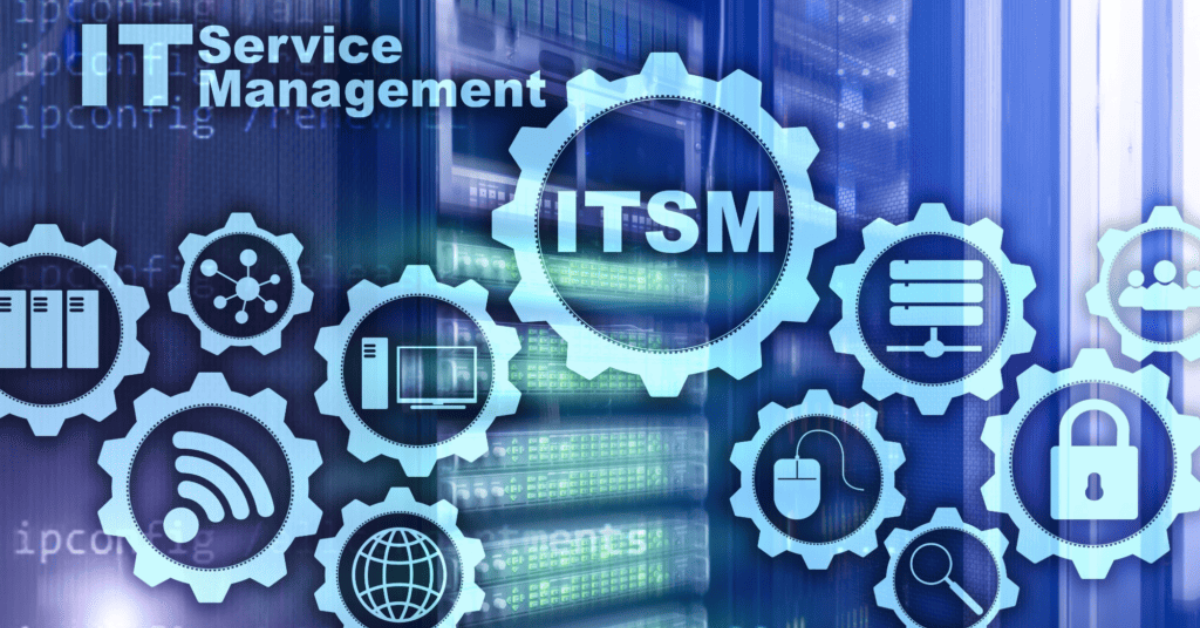These days, Information Technology (IT) plays a fundamental role in virtually every aspect of business operations. To ensure that IT services are delivered efficiently and with high quality, it is essential to adopt IT Service Management (ITSM) practices.
What is ITSM?
IT Service Management, known as ITSM (Information Technology Service Management), is an approach to designing, delivering, managing and improving the way IT services are used within an organization. It focuses on aligning IT services with business needs and best practices to ensure operational efficiency and customer satisfaction.
Benefits of ITSM
Implementing ITSM brings a series of significant benefits to an organization. Some of the main ones include:
-
Increased Operational Efficiency
By adopting standardized and automated processes, you can help eliminate repetitive manual activities and reduce unplanned downtime. This allows the IT team to focus on more strategic tasks of greater value to the business.
-
Improving Service Quality
With consistent incident, problem, change and configuration management practices, ITSM can improve the quality of IT services, ensuring that problems are resolved quickly and effectively and that changes are implemented in a controlled manner.
-
Greater Customer Satisfaction
By aligning IT services with business needs and ensuring services are delivered consistently and reliably, ITSM can increase customer satisfaction and improve the perception of IT within the organization.
ITSM implementation
Successful implementation requires careful planning and a step-by-step approach. Some of the key steps include:
-
Business Needs Assessment
Before implementing ITSM, it is essential to understand the needs and priorities of the business. This includes identifying business-critical IT services, user expectations, and areas where improvements are needed.
-
Selection of the Best ITSM Solution
There are several ITSM solutions available on the market, each with its own features and functionalities. It is important to carry out a detailed analysis of the available options and select the solution that best meets the organization's specific needs.
-
Team Training
Once the ITSM solution is selected, it is crucial to provide adequate training for the IT team. This will ensure they fully understand ITSM processes and procedures and are prepared to implement them effectively.
-
Gradual Implementation
The implementation of ITSM must be done gradually and controlled, focusing on specific areas that offer the greatest initial impact. This allows the organization to test and adjust processes as needed before implementing them company-wide.
-
Monitoring and Continuous Improvement
After implementing ITSM, it is important to continually monitor the performance of IT services and look for opportunities for improvement. This may include conducting regular customer satisfaction assessments, analyzing performance metrics, and reviewing ITSM processes to identify areas for optimization.
Challenges in ITSM Implementation
While ITSM offers many benefits, it also presents unique challenges during the implementation process. Some of these challenges include:
Resistance to change: The introduction of new processes and tools may encounter resistance from employees, especially those accustomed to old methods of working. It is essential to invest in awareness and training programs to help overcome this resistance.
Implementation Complexity: Implementation can be complex and time-consuming, especially in large, complex organizations. It is important to have a clear and well-defined implementation plan and adequate resources to ensure the success of the project.
Associated Costs: Implementing ITSM can require significant investments in terms of software, training and consultancy. It is important to do a careful analysis of the costs and benefits before starting the implementation process.
Integration with Existing Systems: Integrating ITSM with existing systems and processes can be challenging, especially if the organization's IT infrastructure is complex and heterogeneous. It is important to ensure that ITSM is compatible and interoperable with other IT systems.
Future of ITSM
As technology continues to evolve and the needs of organizations change, the future of ITSM is also evolving. Some key trends that could influence the future of ITSM include:
Advanced Automation
With the advancement of artificial intelligence and automation, ITSM is expected to become even more automated and autonomous. This can include automating routine tasks, predictive problem analysis, and automated incident resolution.
Integration with DevOps and Agile
As more organizations adopt practices DevOps and Agile, ITSM is expected to integrate more closely with these methodologies. This may include the integration of tools and processes, as well as a more agile and collaborative approach to IT service management.
Emphasis on User Experience
With the growing importance of user experience, ITSM is expected to place an even greater emphasis on user satisfaction and engagement. This may include developing intuitive user interfaces, personalized services, and proactive user support.
Adoption of Subscription Models
As more organizations adopt subscription models for IT software and services, ITSM is expected to follow this trend. This may include offering cloud-based solutions and flexible pricing models to meet organizations' needs.
Conclusion
ITSM is a fundamental approach for organizations that want to maximize the efficiency and quality of their IT services, its implementation can present challenges but long-term benefits such as increased operational efficiency, improved service quality and greater satisfaction of the customer, make the effort invested worth it. The future of ITSM will be even brighter, with the integration of emerging technologies such as advanced automation and artificial intelligence, and a greater emphasis on user experience. Ultimately, we can highlight that Information Technology Service Management plays a vital role in ensuring that IT continues to be a key enabler for business success in an increasingly digitalized and service-driven world.Tags: ServiceNow, Snow Software, Software Asset Management, Software Asset Management, SAM, FINOps, ITAM, ITSM, Flexera, Cloud Management, contact us, customer service, managed IT, knowledge base, best practices, tools itsm, it costs, itsm management, it projects, best practices, it incident management, it infrastructure, implementation, continuous improvement, benefits of itsm, future of itsm, information technology, artificial intelligence, IT are, technology service management, known it, information technology service management, customer satisfaction, it team, it operations, knowledge base, customer service, itsm tool, itsm tool, information technology infrastructure library, resource management, change management , it costs, support, central software, change management, it projects, itsm in practice, knowledge management, satisfaction surveys, technology infrastructure library, configuration management, itsm enables, update tracking, itsm initiatives, customer service software, FAQ, suitable tools, business processes, root causes, release management, multiple functions, self-service portal, enterprise have, remote access, incident management, project management, change management, reduce costs, management requests, it resources, life cycles, itsm best practices, contact us, asset management, best practices, it activities, asset management, it processes, it support, itsm software, end users, digital transformation , IT management, call center, schedule a demo, infrastructure library, customer support, IT department, IT sector, management process.


